It’s hard to ignore the pressure of ingrained yet unrealistic and harmful “beauty standards”, but just take it one step at a time, writes Kerry Hudson.
I can accept that my legs are sweating profusely, but it’s surely not possible that my eyeballs are sweating too?
But, if I am in a hot yoga class – my first exercise in the two, almost three, years since a pandemic struck, I got pregnant and was diagnosed with an almost fatal, rare illness – then I suppose anything is possible.
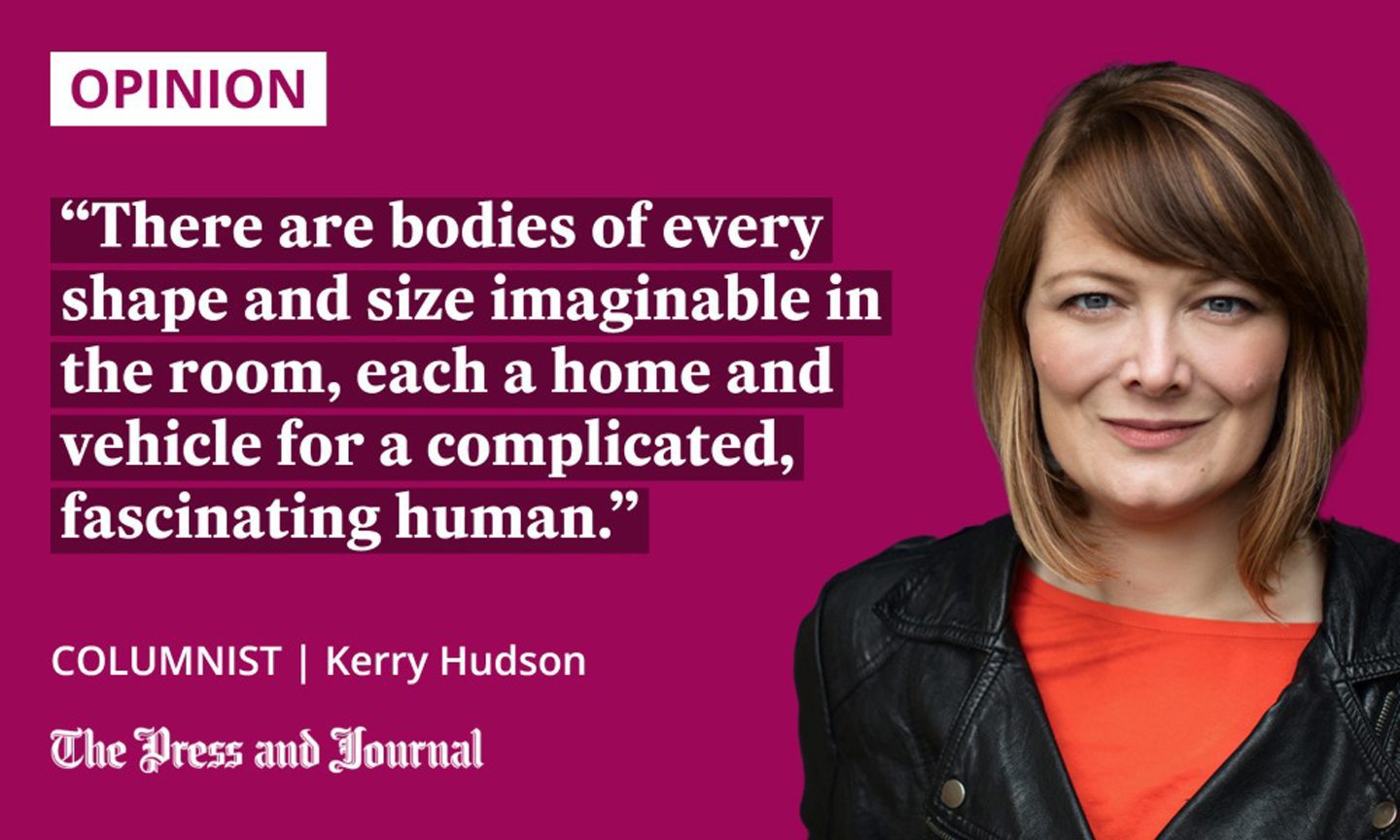
Why I chose hot yoga as my body’s reintroduction to organised exertion is a mystery. The series of 26 poses would be challenging in themselves without the room being heated to a tropical 40C. And, because I no longer fit my old gym gear, no matter how stretchy the Lycra, and I’m reluctant to invest in gym clothes until I know I can make it through at least one class, I’m sweating it out in maternity leggings and a breastfeeding vest.
But I’m not here because my old clothes don’t fit me anymore. I’m here because my body has been so unwell for so long, and now it’s finally capable of doing the things I ask of it. Or, mostly capable.
I spend a lot of that class standing on my mat, smiling inanely at myself in the wall-to-wall mirrors. I must look like the heat has gone to my head, but getting to that room is a triumph. Staring at my greatly changed body for 90 minutes, even more so.
I went on my first diet at 15
Like most women who were teens in the 1990s, I grew up with the impossible-for-most beauty expectations of heroin chic, Kate Moss, and whippet-thin indie kids whose eyeliner was the heaviest thing about them.
I became perpetually aware of every pound of fat on my flesh. This was not helped by growing up in a household where, if I put on any weight at all, my mother would look at me, her eyes ticking up the numbers like a set of scales. “Oh my God, Kerry, you’ve put on weight. I mean, I don’t mind. It’s just, you’re just so beautiful when you’re skinny.”
I started my first diet when I was 15. I paid for the food myself from the wages from my waitressing shifts, and my “meals” consisted of Ryvita crackers, cottage cheese and tomatoes.
That I thought I needed to diet at 15 is tragic. In fact, from 12-hour shifts on my feet, I was whittled down to nothing anyway. And, still, that nothing felt like too much space to take up.
In my 20s, during the noughties, I read Bridget Jones. I could, like Bridget, name the calorific value of everything. I still can, actually – a strange, sad party trick passed down by patriarchal standards of beauty.
once again becoming shocked and outraged when remembering the enormous deal that was made out of Renee Zellweger becoming fat for Bridget Jones Diary and then seeing that her weight in the film is… 130 pounds
— caitie delaney (@caitiedelaney) October 27, 2021
In my 30s, I discovered running, yoga, cycling and swimming. I spoke about carbs the way most people talk about Class A street drugs. To my great shame, whenever anyone told me that I looked well, my Pavlovian response was: “Oh, no. I’ve put on so much weight. I’m so fat at the moment.”
I’ve learned ‘body neutrality’
I wish I could honestly say I’m over this intensely programmed model of behaviour. But it took me 30 years to challenge, so there’s no reason I should completely deprogramme those cult-like beauty standards in a few years.
Still, I have learned a sort of body neutrality. I never felt more beautiful than when I was carrying my son, because my body was doing something so incredibly powerful. Even I could see that my joy emanated from the inside out.
I told myself every day that I would do anything just to be well for my son again. That I would appreciate my body just as it was, if it was healthy
When, a year later, I got so ill I couldn’t raise my head off my pillow, I told myself every day that I would do anything just to be well for my son again. That I would appreciate my body just as it was, if it was healthy. And, mostly, I have.
Six months of steroids have meant that my body has changed again. Like many people on high doses, I’ve gained a soft, rounded stomach and a “Prednisolone moon face”. And, while I can’t claim to be delighted by them, they represent a body that is slowly getting better, even if it looks different because of that.
My body has changed for the better
In this yoga studio, where people wear as little as possible and a slick of shiny sweat, I see everyone has a differently shaped body. We are simply not meant to have the same physicality. We age and change and live.
As I abstain from Standing Swan Balance, I watch everyone commit themselves to the pose. There are bodies of every shape and size imaginable in the room, each a home and vehicle for a complicated, fascinating human. I would never consider any of them anything but beautiful.
In the yoga studio, I stare at my battle-weary body in the line of mirrors and try to turn that generous gaze on myself. I smile. I try to balance, wobble and fall. Take a deep breath. Try again. Smile again. Because I’m here and I’m alive.
My body was always going to change, but this one has changed for the better. This body lifts my son from his cot in the middle of the night and cradles him and stands on tiptoes to kiss my husband. It allows me to do work that I love. With this imperfect, perfect body, I dance with friends, I throw tennis balls for my dog, chase after my maniac cat.
I push one foot towards the mirror and bend my knee forward. I bring my arms up and stare past my fingers, looking into my reflection in the mirror. The instructor tells me this is Warrior Pose.
Kerry Hudson is an Aberdeen-born, award-winning writer of novels, memoirs and screenplays
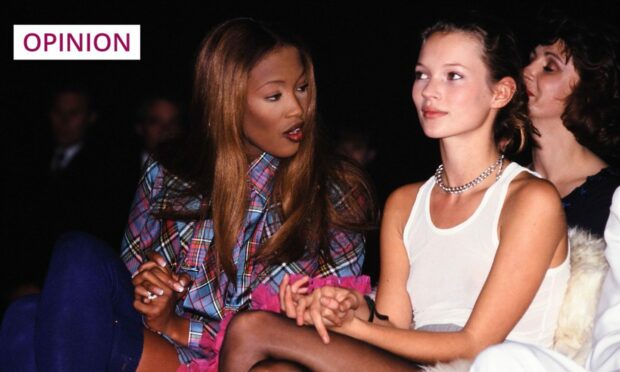
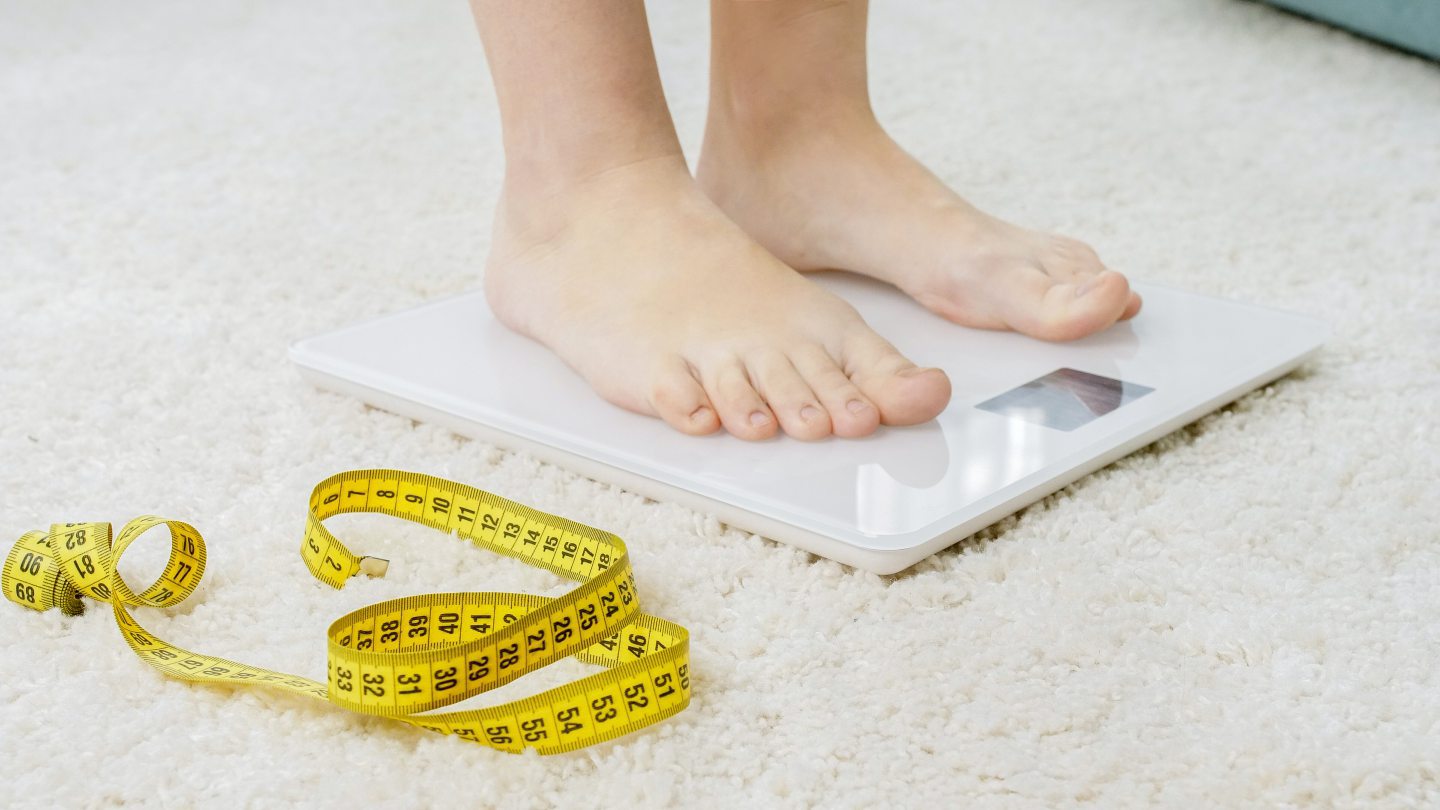
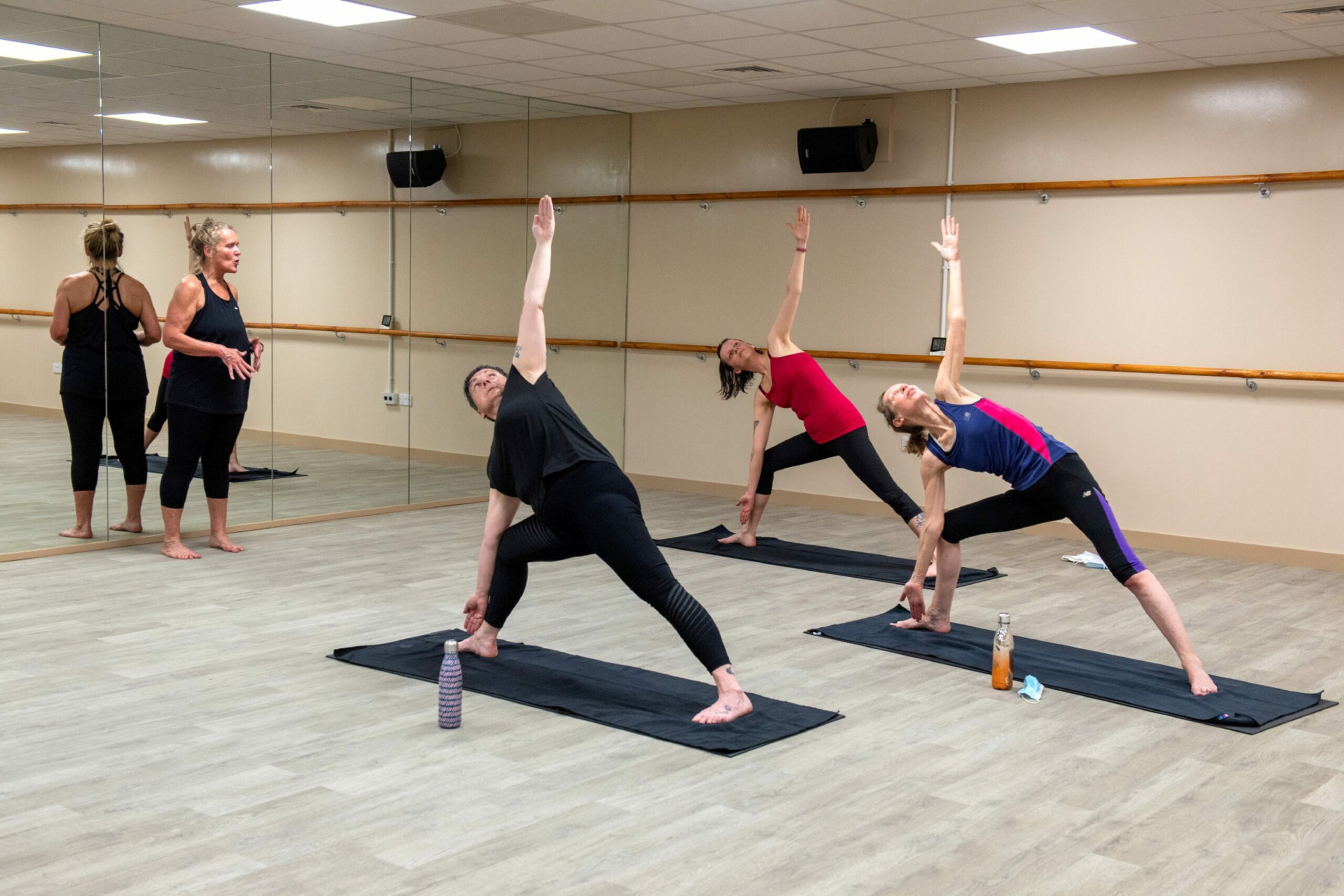
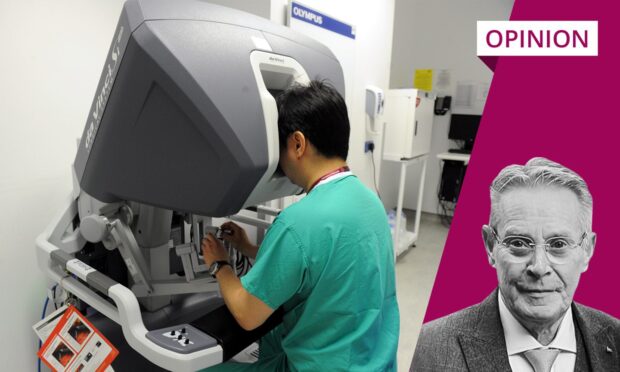
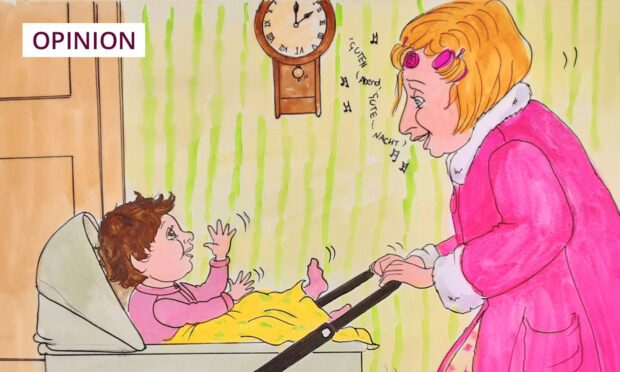



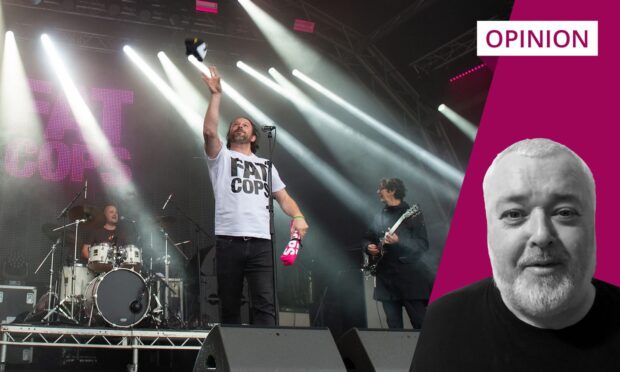


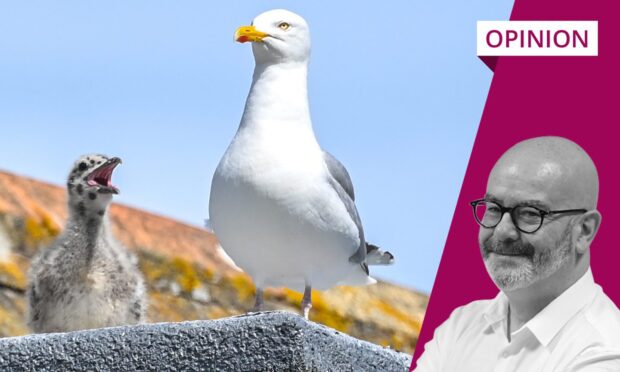

Conversation